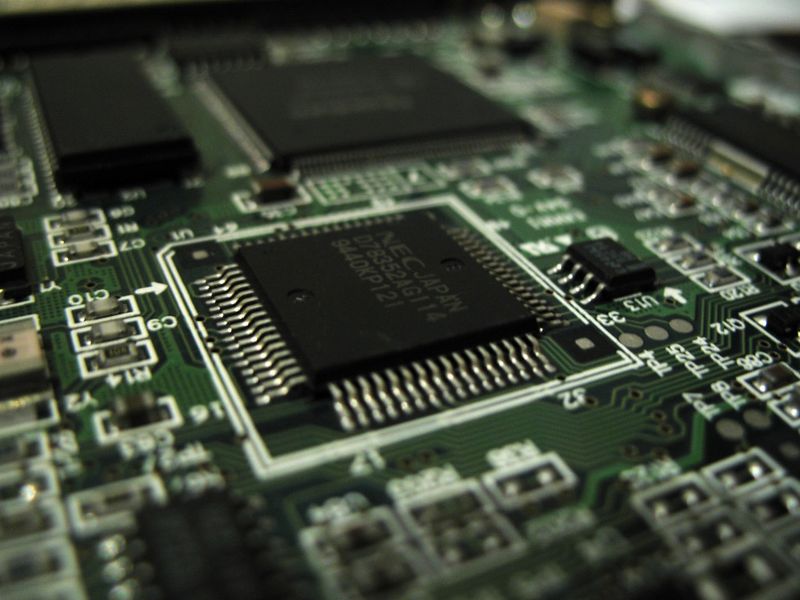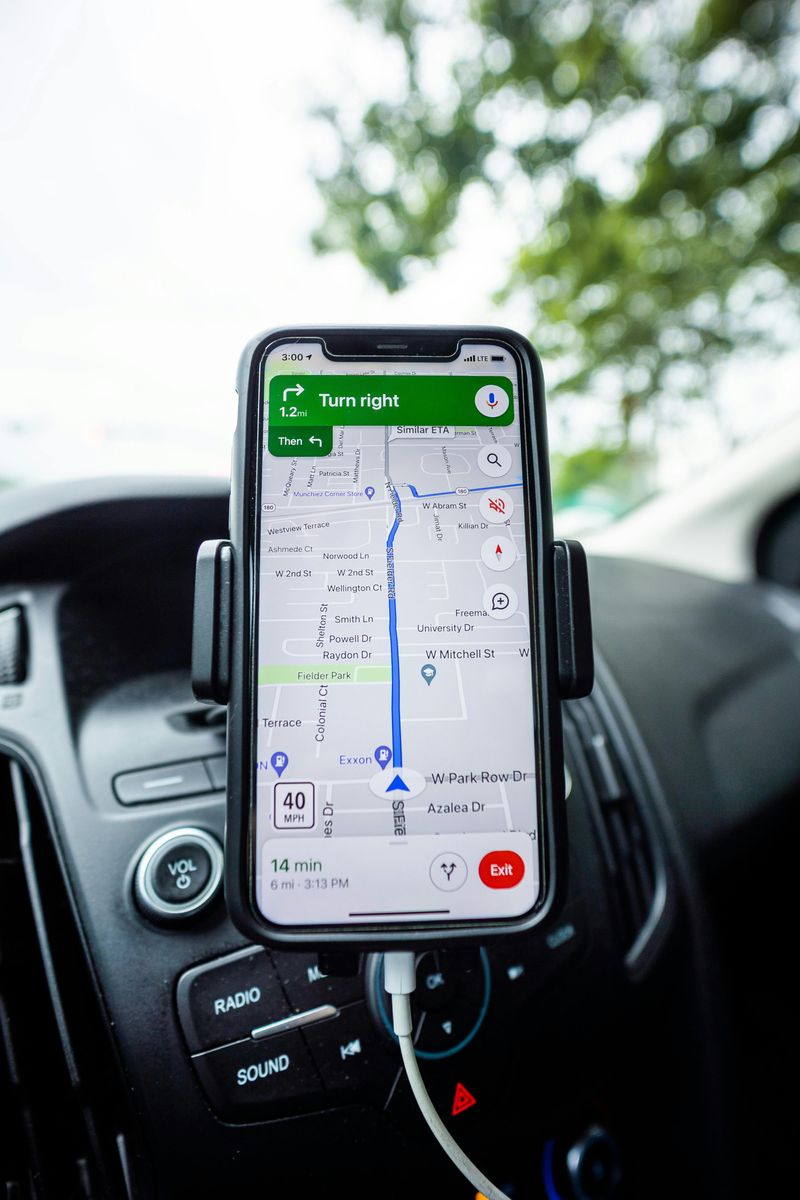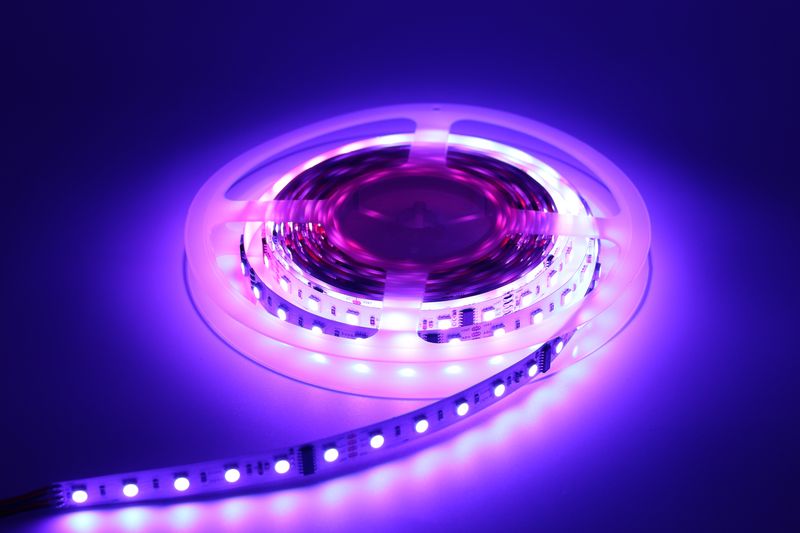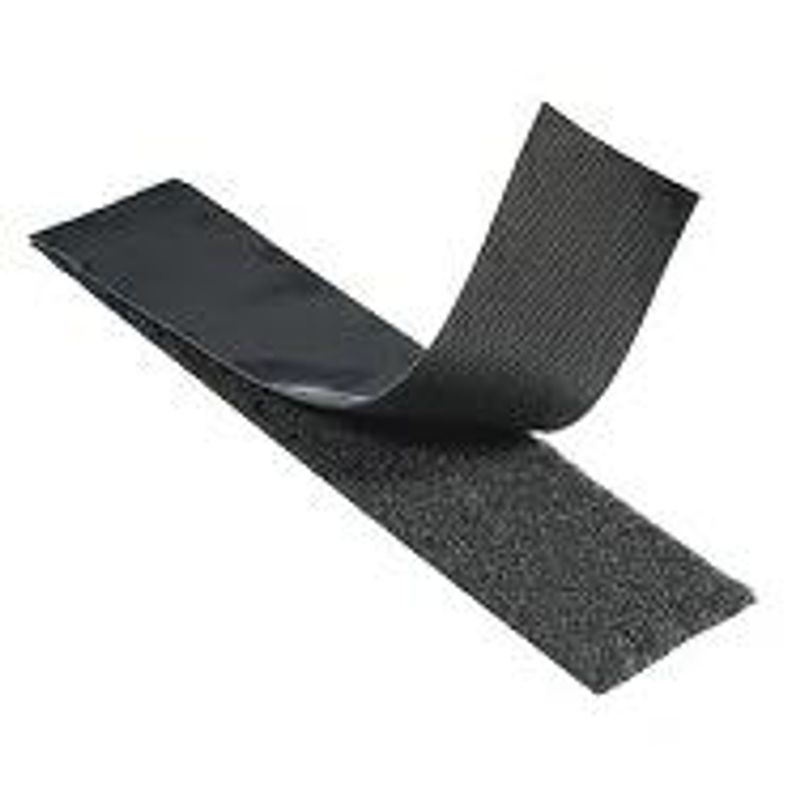Not all inventions make headlines, but some quietly revolutionize how we live. These often-overlooked innovations work behind the scenes, shaping the modern world in ways we rarely think about.
Consider the zipper—simple, unassuming, yet essential for fashion and functionality. Or the ballpoint pen, an everyday tool that transformed writing into a smooth, mess-free experience. Even the traffic light, which we hardly notice, keeps our cities moving safely and efficiently.
These uncelebrated creations don’t get the attention they deserve, yet their impact is undeniable. Without them, life would be less convenient, less connected, and far more chaotic.
Reinforced Concrete

Reinforced concrete combines concrete’s compressive strength with steel’s tensile strength, creating a formidable building material. This innovation has enabled the construction of skyscrapers, bridges, and infrastructure that define modern cities.
Its durability and versatility allow for diverse architectural designs and large-scale engineering projects. Reinforced concrete structures withstand natural disasters, ensuring safety and resilience.
The invention of reinforced concrete has profoundly shaped urban landscapes, supporting the growth of metropolitan areas and the development of critical infrastructure.
Anesthesia

Anesthesia revolutionized medicine by enabling painless surgical procedures. Before its development, surgery was a traumatic and often excruciating experience for patients.
This invention allows for complex surgeries and faster recoveries, improving patient outcomes and expanding the possibilities of medical intervention. Anesthesia’s application ranges from minor dental work to major operations.
Its quiet yet critical role in modern healthcare has saved countless lives and alleviated suffering, making it an indispensable component of medical practice.
Silicone

Silicone’s versatility stretches across multiple industries, from kitchenware to electronics. This synthetic material, known for its heat resistance and flexibility, revolutionized cooking with its non-stick properties, replacing traditional metal utensils.
In electronics, silicone serves as a crucial insulator, protecting sensitive components. Its application extends to medical devices and even toys, highlighting its adaptability.
By enhancing safety and efficiency in myriad fields, silicone has become an unsung hero, quietly influencing modern living. Its crucial yet understated role underscores the power of material innovation.
Microprocessor

The microprocessor is the brain of modern electronics, enabling computing power in countless devices. Its invention marked the beginning of the digital age, powering computers, smartphones, and more.
Microprocessors have driven advancements in technology, from personal gadgets to industrial automation. Their evolution continues to shape innovations in artificial intelligence and the Internet of Things.
While often unseen, microprocessors are the silent force behind technological progress, transforming the way we live and work.
GPS

The Global Positioning System (GPS) has transformed navigation, from personal travel to global logistics. This satellite-based technology provides accurate location data, guiding drivers and hikers alike.
Beyond navigation, GPS has enabled advancements in fields like agriculture and emergency response, optimizing routes and resources. It plays a crucial role in time synchronization for communications networks.
While its presence is often unnoticed, GPS underpins a connected world, enhancing safety and efficiency in countless aspects of life.
Zipper

The zipper is a silent hero in fashion and functionality. Invented in the late 19th century, it provided an efficient way to fasten clothing and accessories. Its simple yet ingenious design, involving interlocking teeth, replaced time-consuming buttons and hooks.
Zippers are now found in everything from jeans to luggage, facilitating ease of use and durability. They have enabled quick changes and enhanced the practicality of everyday garments and bags.
While often overlooked, the zipper’s contribution to convenience and fashion is undeniable, transforming modern wardrobes and gear.
LED

LEDs (Light Emitting Diodes) have transformed lighting with their energy efficiency and longevity. Unlike traditional bulbs, LEDs consume less power and have a longer lifespan, reducing electricity costs and waste.
Their versatility allows for use in screens, indicators, and decorative lights, supporting a range of applications. LEDs contribute to environmental sustainability by lowering carbon footprints.
This quiet revolution in lighting technology enhances everyday life while promoting eco-friendly practices, making LEDs a cornerstone of modern illumination.
Barcode

Barcodes streamline inventory management and retail checkout processes, providing a quick and accurate way to track products. Introduced in the 1970s, barcodes revolutionized logistics and sales.
Their use extends to healthcare and manufacturing, ensuring precise inventory control and reducing human error. Barcodes facilitate efficient operations, from tracking parcels to managing library books.
This unassuming innovation supports seamless transactions and inventory accuracy, quietly underpinning modern commerce and supply chain management.
Velcro

Velcro, the hook-and-loop fastener, revolutionized closures with its simplicity and effectiveness. Inspired by nature, its design mimics how burrs stick to fabric. Velcro’s ease of use makes it ideal for clothing, shoes, and even space exploration.
Its popularity in children’s apparel ensures user-friendly wear, while in aerospace, it secures tools and equipment. Velcro’s adaptability has made it a staple in various industries, from fashion to engineering.
This discreet invention quietly supports daily activities and technological advancements, offering convenience and security in myriad applications.
Wi-Fi

Wi-Fi technology revolutionized internet access, untethering devices and facilitating wireless communication. This invention has enabled seamless connectivity in homes, offices, and public spaces.
Wi-Fi’s impact extends to entertainment, education, and business, supporting the proliferation of smart devices and remote work. It fosters collaboration and information sharing on a global scale.
Despite its invisible nature, Wi-Fi has become an essential part of daily life, empowering a connected world and driving technological progress.
QR Codes

QR codes have redefined how we access information, providing a bridge between the physical and digital worlds. Their matrix barcode design allows for quick scanning and instant access to websites, apps, and more.
Initially used in manufacturing, QR codes gained popularity in marketing, enabling interactive consumer experiences. From menus to event tickets, their utility is vast.
This simple invention has quietly enhanced connectivity and convenience, allowing seamless information sharing and engagement with technology, reflecting a shift towards a more digital lifestyle.
Post-it Notes

Post-it Notes transformed the way we organize and communicate, offering a solution for quick, temporary reminders. Initially developed by accident, their adhesive is designed to be repositionable, making them perfect for both jotting down thoughts and leaving messages.
These small, colorful squares have become indispensable in homes and workplaces. They support creativity and productivity, enabling users to visualize ideas and plan tasks. From brainstorming sessions to to-do lists, the Post-it Note’s versatility is unmatched.
Their quiet presence on desks worldwide underscores their role in enhancing everyday efficiency and organization.
Ballpoint Pen

The ballpoint pen is ubiquitous, yet it revolutionized writing with its convenience and reliability. Before its invention, fountain pens were the norm, requiring frequent refills and frustrating ink spills. The ballpoint pen, with its rolling tip and viscous ink, provided a smoother and cleaner writing experience.
Today, it’s hard to imagine life without this simple tool that’s transformed note-taking, signing documents, and even doodling. Its affordability and ease of use have made it a staple in schools and offices worldwide, quietly contributing to communication and creativity.
Despite its simplicity, the ballpoint pen’s impact is profound.
Bubble Wrap

Originally intended as a textured wallpaper, bubble wrap found its true calling in protecting fragile items during shipping. Its air-filled pockets provide cushioning against impacts, making it indispensable for packaging.
Beyond its practical use, bubble wrap has a universal appeal as a stress reliever, with people enjoying popping the bubbles. Its role in reducing shipping damage has significantly impacted commerce, ensuring goods reach consumers intact.
This unassuming material has quietly shaped logistics and consumer satisfaction, proving that even the simplest inventions can have wide-reaching effects.
